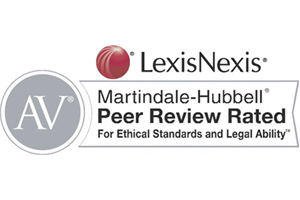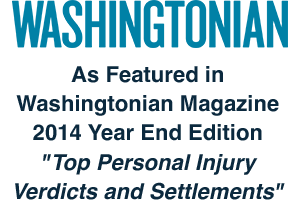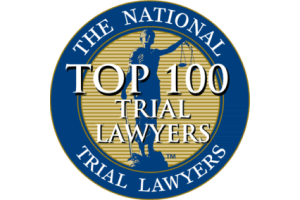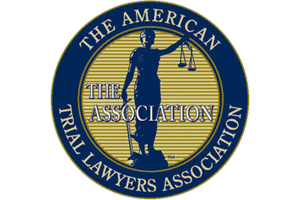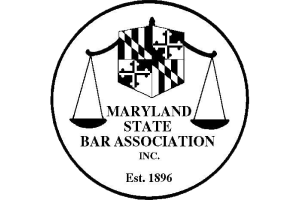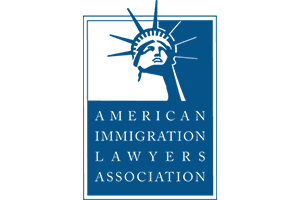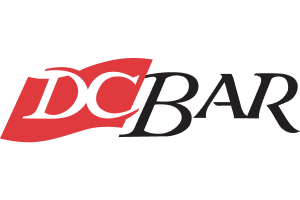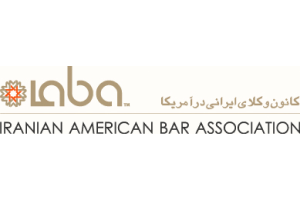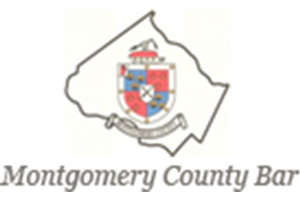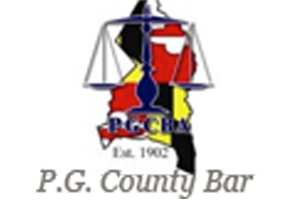Small Law Firm Care & Attention"
Getting to the Root of the Issue
Trees are a natural and often cultivated feature of communities in the Washington Metropolitan area. However, as with all good things come responsibilities. Questions arise as to one’s responsibility to cut and trim one’s tree when that tree is crossing the property line of a neighbor and possibly doing damage. Likewise, does the neighbor have the legal right to cut the branches and roots of a tree that cross the property line?
On May 8th, 1950, before the District of Columbia Court of Appeals, the case Sterling v. Weinstein was heard regarding the responsibilities of a landowner to care for his trees. The plaintiff, the neighbor who was suing for damages, argued that his neighbor’s tree was a nuisance. He stated that it damaged his house by dropping leaves into his gutters, thereby clogging them. Due to that, the plaintiff had to spend money cleaning his gutters and waterproofing his house. The lower trial court agreed with the plaintiff and said that the defendant owed him $128.45 and must cut the branches that are crossed the property line. However, an appeal to the higher court reversed that decision. The neighbor suffering damages should have fulfilled his duty to cut the branches that hung over his property line. His neglect resulted in the damage to his house.
The decision was based on previous cases in other states. The Appeals Court looked primarily to the Massachusetts court for precedent. Any landowner has the right to protect himself by cutting branches and roots up to the property line. As the Massachusetts court stated regarding a landowner who sued, “His remedy is in his own hands.” The court stated: (Michalson v. Nutting, 275 Mass. 232, 175 N.E. 490, 76 A.L.R. 1109):
“His remedy is in his own hands. The common sense of the common law has recognized that it is wiser to leave the individual to protect himself, if harm results to him from this exercise of another’s right to use his property in a reasonable way, than to subject that other to the annoyance, and the public to the burden, of actions at law, which would be likely to be innumerable and, in many instances, purely vexatious.”
A dissent was made from the DC court’s decision. The dissenting judge felt that the tree presented not only a nuisance but also a danger to the complaining neighbor. He noted its great height and that it leaned over and lacked the support needed to prevent it’s fall. Therefore, just as one is not permitted to have an unsafe structure, one should not be able to have an unsafe tree. Yet, since it was not the overall court’s ruling the owner for the tree did not have to cut it down. The dissenting judge did agree with the other judges on the important point that typically the neighbors remedy such questions without the courts involvement based upon principles of reason and fairness.
A similar case, Jonathan Melnick v. C.S.X. Corporation, was brought before a Maryland court on May 6th, 1988. The defendant was a railroad, CSX. The trees and shrubs growing on the CSX’s property had intruded into the Melnick property adjacent to the railroad. Melnick had cut back the growth of the shrubbery and trees on a number of occasions. However the plants just kept on coming back. Therefore, he took the railroad to court arguing that the plants presented examples of trespass, negligence, and nuisance and that the railroad should cut them down. Yet, in all the courts where Melnick attempted to win, the Circuit Court, the Special Appeals Court and finally the Maryland Court of Appeals, he lost. They all upheld the principle of self-help as stated in the “Massachusetts Rule” (the decision noted in the above DC case).
As stated in the ruling, if the opposite decision were made, then unending cases would be brought forth of landowners wanting their neighbors to cut branches or roots from their trees. Many of these would occur only to aggravate their neighbor. This would cost the public a lot of money and strain relations between neighbors. Only under truly unique circumstances could the owner of a tree be held liable for any invading branches and roots.
When the Maryland Appeals Court agreed to follow and uphold the “Massachusetts Rule,” they chose not to follow certain other possible rules. For example, the court turned away from the Restatement Rule. This ruling asserted that limbs and roots from trees planted by men and not nature became the owner’s responsibility even if they crossed the property line. But since it is very difficult to always determine, especially in urban areas, whether a tree was planted on purpose or just grew on its own, it was decided to disregard this ruling. The Maryland decision was based in large part on the prior DC ruling. It was also decided not to follow the Virginia Rule, which called upon the owner of a tree to care for it if it is “noxious.” The difficulty lay in defining noxious, whether as strictly poisonous or because it merely causes damage. Melnick himself tried to convince the court based upon the Hawaiian Law, a court ruling that said a tree’s owner could be held responsible for damages if damage was done aside from simply casting shade and dropping leaves and fruits. However the Maryland court decided to follow the “Massachusetts Rule” due to the principle that property ownership constituted responsibilities including that of clearing any invading branches and roots. Such a decision offered simplicity and clarity.
Indeed, the law pertaining to branches and roots crossing a property line rests on the simple basis that the property owner has the right to trim branches and roots up to the property line. Since it is his right, it is also his responsibility to trim the branches, and any damages that might occur to his property from the branches or roots fall at his expense. Exceptions to this principle have been found in a number of courts for a host of reasons if a tree is purposefully planted or if a tree is poisonous. Claims involving damage from roots or falling branches to a person’s structures, such as wells or patios or to his plants, have been both accepted and rejected in court. Variables such as extent of damage, the locality and setting of the incident and whether or not the owner of damaged property took action to counter the growth and notify the owner of the tree all play a role in swaying a court’s opinion.
Practical points:
– When trimming branches one should take care not to uproot a plant not on your property.
– A tree belongs entirely to the owner of the land on which its base is situated. This includes the fruits of the tree.
– If a tree trunk should grow so as to stand in two lots than it may be considered owned by both landowners. On occasion some courts have stated that contract or a pattern of action is needed to determine dual ownership.
– Oral permission to trim branches from a neighbor’s land has been found acceptable in court.
– Grass is considered different than trees. It is owned by whoever owns the land upon which it resides. Naturally planted grass that spreads brings no liability to the owner of land from which it originated. Planted grass that spreads may bring liability depending on the circumstances and the cost benefits.
When considering one’s circumstances as a landowner being invaded by tree branches or roots consider these points:
– Is significant and evident damage occurring?
– Is the tree in danger of falling?
– Is the tree poisonous, does its character affect the damage, i.e. killing other plants or polluting water supplies?
– Did the neighbor plant the tree or did it grow naturally?
If a neighbor has brought action against you as the owner of the tree consider the following:
– Did you plant the tree or did it grow naturally?
– Has the neighbor availed himself of opportunity to remove branches and roots crossing the property line?
– Has the neighbor contacted you regarding the problem prior to court?


